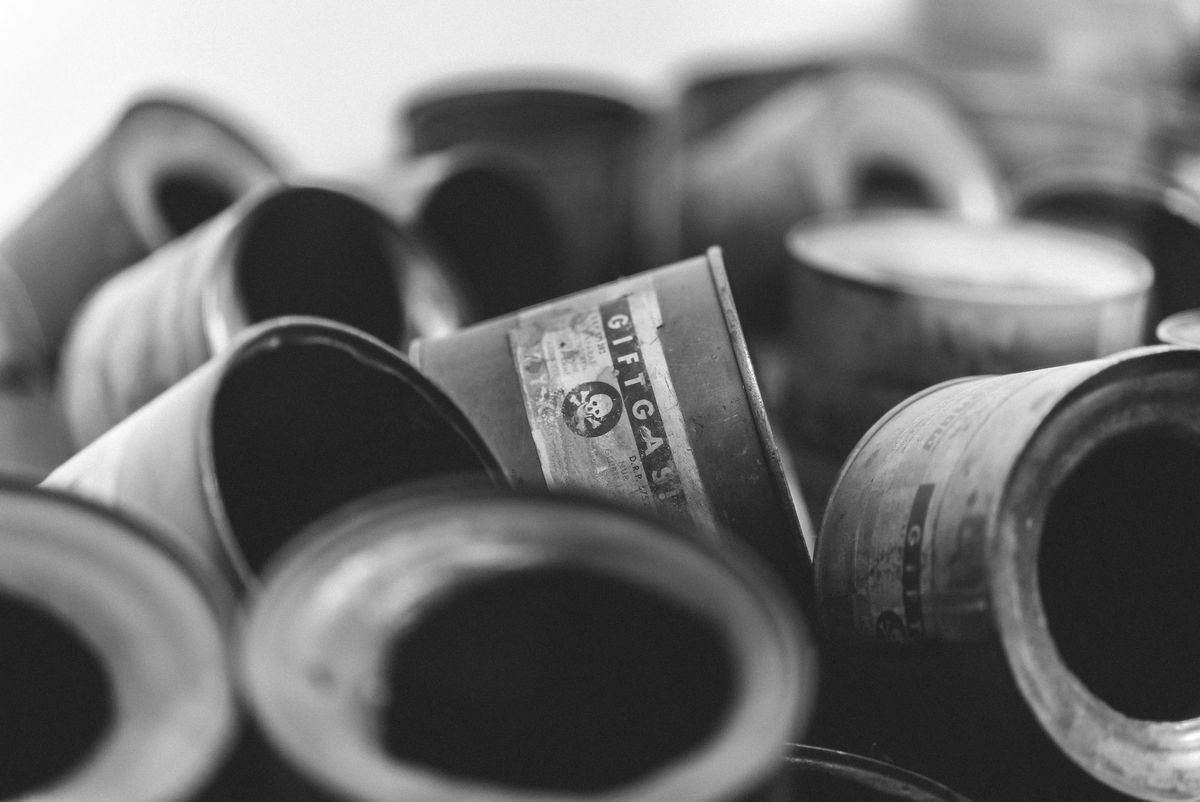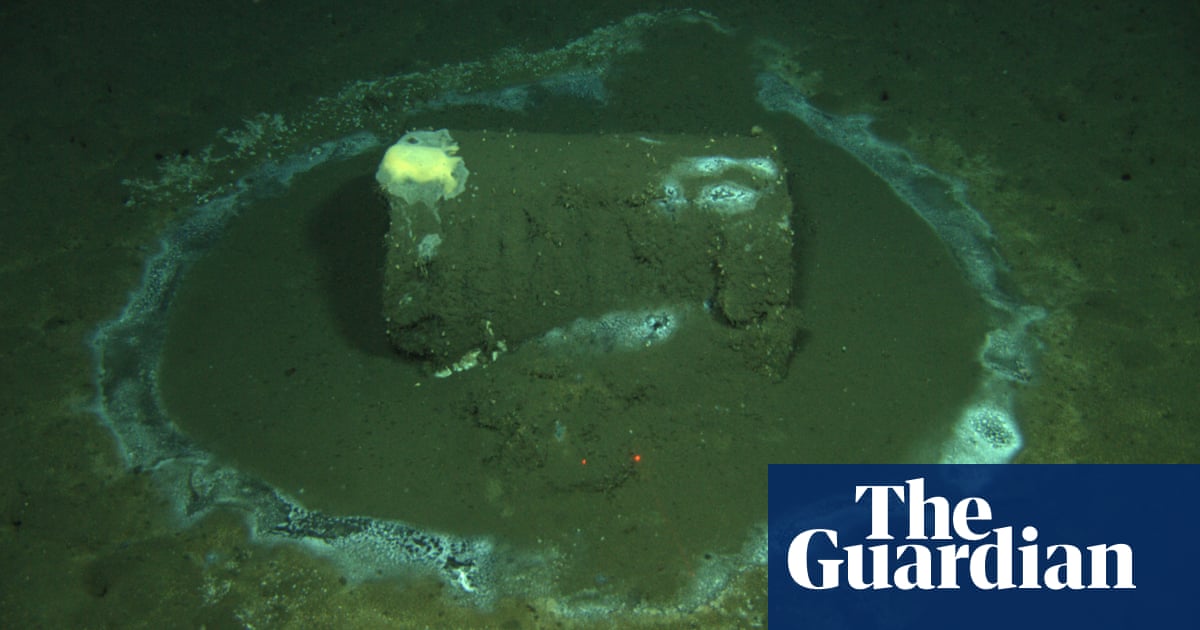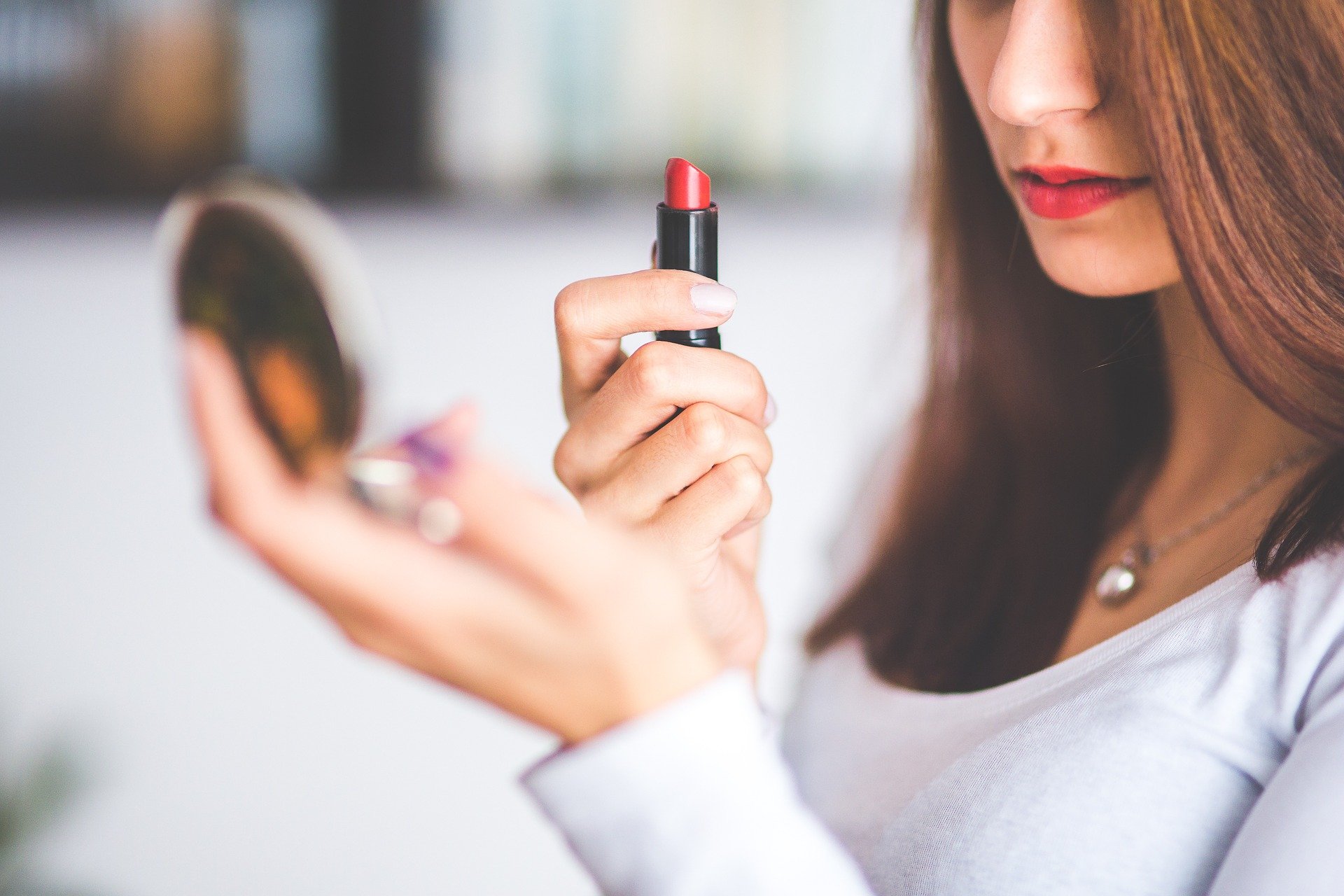Banned in Europe; Allowed in the Americas
Did you know that you consume chemicals banned in Europe but allowed in America?

In today's marketplace, it is common to find chemicals that are used in a variety of applications, from food and cosmetics to cleaning products and pesticides. While many of these chemicals are safe for use, others can be harmful to health and the environment.
In Europe, several hazardous chemicals have been banned to protect consumers and the environment. However, in parts of the Americas, some of these chemicals are still allowed, which means that consumers may be exposed to unnecessary risks.
Asbestos

Asbestos is a naturally occurring mineral that has been used for decades in a variety of applications, from building materials to automotive brake products. However, in the 1970s, it was discovered that asbestos can cause lung cancer and other serious respiratory diseases.
Since then, most countries have banned the use of asbestos in building and other products. However, in America, asbestos is still used in some products, including building materials and automobile brakes.
Consumers should exercise caution when purchasing products that may contain asbestos. It is important to check building materials and other products before purchasing and to look for safer alternatives.
It's also important to note that older buildings may contain asbestos. There are federal safety guidelines that must be followed before starting any renovation or repair in such buildings.
DDT

DDT (dichlorodiphenyltrichloroethane) is a pesticide that has been widely used since the 1940s to control insects in crops and indoors. However, DDT has been shown to be toxic to humans and animals, and can accumulate in the environment.
In Europe and the United States, the use of DDT was banned in the 1970s because of its harmful effects. However, in other parts of the Americas, DDT is still used to control mosquitoes that transmit diseases such as malaria.
Consumers should be careful when purchasing products containing DDT. It is important to check the ingredients in pesticides and other products before purchasing and look for safer alternatives.
Phthalates

Phthalates are a group of chemicals used as plasticizers in a variety of products, from toys to personal care products. Some phthalates have been shown to have adverse health effects, including endocrine disruption and reproductive toxicity.
In Europe, the use of certain phthalates has been banned in products intended for children, such as toys and pacifiers. However, in America, phthalates are still used in some products, including personal care products and toys.
Consumers should exercise caution when purchasing products containing phthalates. It is important to check the ingredients in products before purchasing
Glyphosate

Another chemical that has been banned in Europe but is still on the U.S. market is glyphosate, which is a widely used herbicide in agriculture. This chemical has been the subject of controversy and litigation due to its potential impact on human health and the environment.
In March 2015, the International Agency for Research on Cancer (IARC) classified glyphosate as "probably carcinogenic to humans." This led the European Union to restrict the use of glyphosate in 2017 and eventually to ban its use in 2020. However, in the United States, the Food and Drug Administration (FDA) continues to allow its use.
Potassium Bromate

In addition to glyphosate, there are other chemicals that are banned in Europe but are still used in America. One of these is potassium bromate, a food additive used in the production of bread and other baked goods.
Potassium bromate has been linked to thyroid cancer and has therefore been banned in the European Union since 1990. However, in the United States, potassium bromate is still allowed in foods.
Triclosan

There are also a number of chemicals used in personal care products that are banned in Europe, but are still found in U.S. products. One example of this is triclosan, a common ingredient in personal hygiene products such as soap and deodorant.
Triclosan has been linked to antibiotic resistance and has been shown to disrupt hormones in laboratory animals. Because of this, the European Union banned the use of triclosan in cosmetic products in 2015, while in the United States it remains a common ingredient in many personal care products.
It is important to note that although these chemicals have been banned in Europe, not all countries in the Americas allow them in their products. Some U.S. states, such as California, have implemented additional restrictions and bans on these chemicals due to human health and environmental concerns. However, much remains to be done to protect consumers and the environment from the potential risks of these chemicals.




